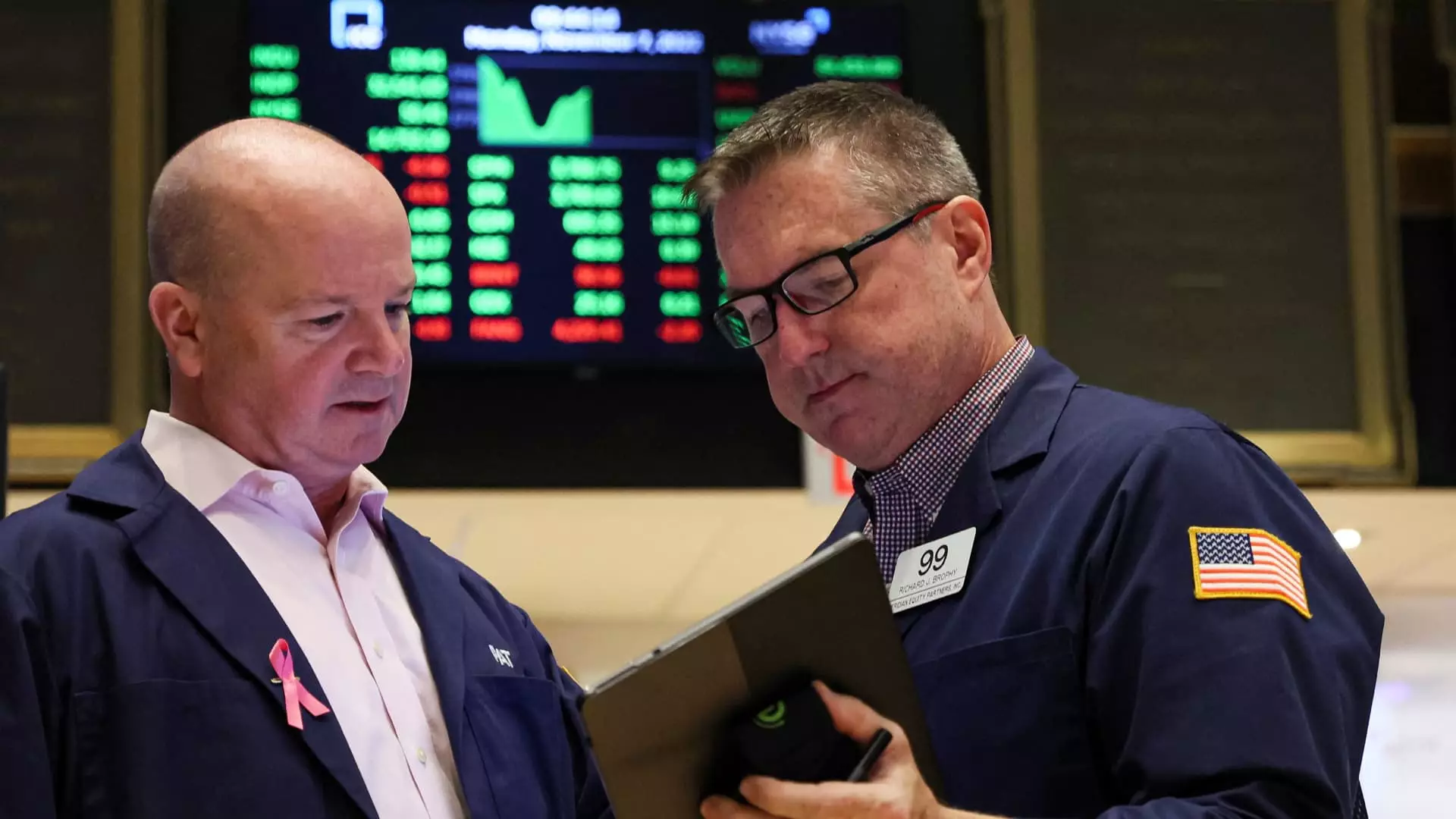In a notable turn of events, financial markets experienced a vigorous rally that led to new record highs for major indices, including the Dow Jones Industrial Average, the S&P 500, and the Russell 2000. This remarkable surge can largely be attributed to renewed investor optimism surrounding the economic policies of the incoming presidential administration. Particularly, the nomination of Scott Bessent as Treasury Secretary has garnered significant attention and fostered a sense of confidence among investors.
On a sweeping scale, the stock market reacted positively during this session, with the Dow rising by 407 points—or approximately 0.9%. The S&P 500 followed closely with a modest gain of 0.2%, reaching heights it has never seen before. Even the technology-driven Nasdaq Composite managed to eke out gains, adding to the buoyant market atmosphere. This collective movement showcases a strong belief among investors not only in the prospective economic strategy promoted by the new administration but also a broader reliance on stable growth going forward.
The crux of this investor optimism hinges on the appointment of Scott Bessent. As a seasoned hedge fund manager and founder of Key Square Group, Bessent appears to be viewed favorably by those within the financial sector who believe he will advocate for policies that promote economic growth without igniting inflationary pressures. His previous remarks regarding protectionism and tariff regulations have further solidified this notion. For instance, Bessent suggested a gradual introduction of tariffs to minimize shock to the economy, indicating that he favors a tempered approach to trade policy.
This outlook is particularly significant in a context where foreign trade and import taxes could drastically alter market dynamics. Many investors hope that Bessent will act as a moderating force within the new administration, potentially curbing extreme protectionist measures that could negatively impact both domestic and international markets.
Accompanying the rise in stock prices, a noticeable decline in Treasury yields and a weaker U.S. dollar also marked the landscape. Specifically, the 10-year Treasury yield dropped over 14 basis points, signaling a shift in investor behavior as they reassess risk and return profiles in light of the new treasury leadership. Quincy Krosby, Chief Global Strategist at LPL Financial, characterized this momentum as a “textbook” reaction, reflecting market approval of Bessent’s nomination and the broader economic discussion surrounding it.
Krosby’s insights highlight a critical interplay between stock performance and the perception of economic leadership, suggesting that investor sentiment can indeed drive market distances further than actual economic indicators.
Looking ahead, the landscape could change significantly with upcoming events, particularly amid a shortened trading week due to the Thanksgiving holiday. During this time, market participants will be on the lookout for key economic indicators such as the October personal consumption expenditures (PCE) price index, a crucial measure of inflation closely monitored by the Federal Reserve. The outcome of this report, along with the minutes of the Federal Reserve’s latest policy meeting, is expected to provide insights into monetary policy directions and potential shifts in interest rates.
The focus on inflationary pressures cannot be overstated, especially as speculation mounts regarding the economic ramifications of forthcoming fiscal policies under the new administration. Investors will undoubtedly scrutinize these reports to gauge the likelihood of rate adjustments and other policy measures that could further influence market dynamics.
The recent rally in stock markets signals a renewed confidence among investors, driven by critical leadership appointments and a favorable policy outlook. While the future remains uncertain, the markets appear to be responding positively to signs of stability and rational economic strategies. As the week unfolds, economic data releases will play a pivotal role in shaping investor sentiment and could lead to further volatility or continued growth in the markets. Understanding these fluctuations and the underpinnings of leadership choices will be essential for participants navigating this dynamic financial landscape.


Leave a Reply